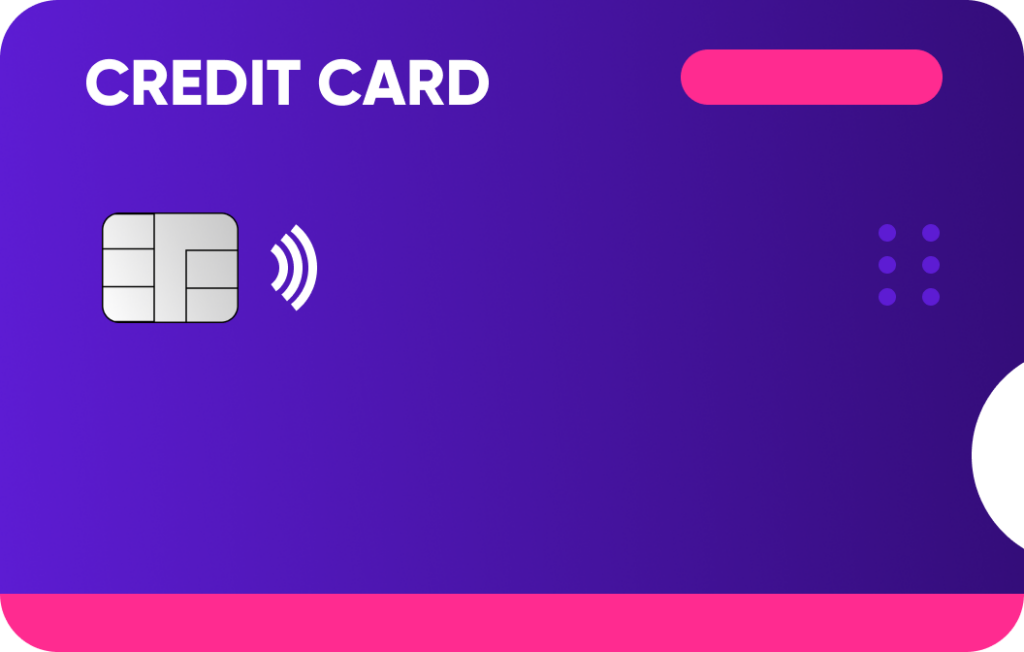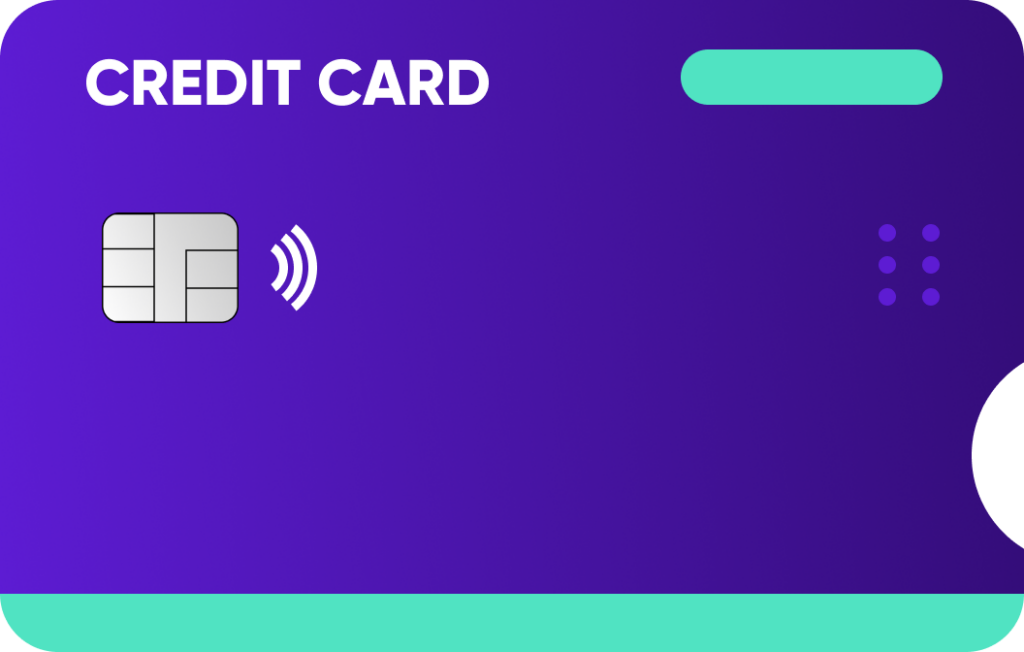Debt Consolidation

Understanding Credit Card Debt Consolidation
In plain terms, debt consolidation is the process of combining several separate debts into one new, single debt.
The Goal: Roll multiple balances, each with its own rate and date, into a single monthly payment.
The Benefit: This simplifies your finances and is often used to secure a much lower overall interest rate, allowing more money to go towards clearing the balance rather than just paying interest.
First Step: Before deciding, you need a clear picture of what you owe. Tools like the Updraft app can help you see all balances and rates in one place.
Try our Pay Off Calculator & see what you could save




Credit Card Balance
Credit Card APR (%)
How much do you pay monthly?
24.6% APR Representative based on a £10,000 loan over 60 months at 19.9% fixed interest p.a. Monthly repayment: £277.60. Total repayable: £16,656 (inc. £500 fee). Subject to status and affordability. Consolidating debt may increase the term and total amount repaid.

How It Works: Cards & Loans
Consolidation isn’t a single product but a strategy achieved through tools like balance transfer cards or loans.
Balance Transfer Cards: You apply for a new card with a 0% introductory interest period and move existing balances to it. This gives you a window to pay down debt aggressively without added interest. Note that transfer fees (1-3%) usually apply.
Debt Consolidation Loans: You take out a personal loan to pay off all your cards in full. This leaves you with one fixed monthly payment and often a lower interest rate than a credit card’s standard APR.






Using a Debt Management Plan (DMP)
A DMP is a more formal option for when debts become unmanageable and isn’t usually a first step.
How it works: It is an agreement between you and creditors, usually arranged by a charity like StepChange, where you make one affordable monthly payment to the provider.
Key Differences: It is not a new loan. The provider may request creditors freeze interest, though this isn’t guaranteed.
Impact: It can have a serious impact on your credit file, so seek independent advice first.

Pros and Cons of Consolidation
Consolidation can be powerful, but you must weigh the benefits against the drawbacks.
Advantages: You only have one monthly payment to manage (Simplicity) and the primary aim is to secure a lower interest rate to save money. It also provides a clear end date for being debt-free.
Disadvantages: You may face balance transfer or loan setup fees. If you extend the loan over a long period, you could pay more in total interest even if monthly payments are lower. Crucially, it doesn’t fix the underlying spending habits that caused the debt.

Alternatives to Consolidation
Consolidation isn’t the only strategy. Consider these alternatives:
- The Avalanche Method: Focus all extra cash on paying off the card with the highest interest rate first to save the most money in interest.
- The Snowball Method: Focus on paying off the card with the smallest balance first to get quick psychological wins and build momentum.
Negotiate: Call providers to ask for a lower APR; if you have a good history, they may agree.
Frequently Asked Questions
Will consolidating credit card debt hurt my credit score?
It is a common worry, but the effect is usually positive in the long run. Short-term, applying for a new loan or card creates a ‘hard check’, causing a small, temporary dip. Long-term, making single payments on time and lowering your credit utilisation will significantly improve your score.
How long does consolidation take in the UK?
The application for a balance transfer card or loan can be very quick—from a few minutes to a few days. Setting up a Debt Management Plan (DMP) is longer and can take several weeks. Repayment depends on your term (e.g., 18 months for a 0% card or 3-5 years for a loan).
Can I consolidate if I have a poor credit rating?
It can be more difficult. You are unlikely to be approved for top 0% balance transfer deals. While some lenders offer specialist loans for lower scores, these often come with much higher interest rates, so check eligibility before applying to avoid damaging your score further.
Take control of your borrowing costs today
High interest can quietly drain your money — but it doesn’t have to. With the Updraft app, you can see the real rates you’re paying, cut back on unnecessary interest payments, and explore smarter ways to manage your money.
With a single payment and a clear loan term, you could clear your debt sooner. And with no settlement fees, you have the flexibility to pay it off early if you choose.
By consolidating existing borrowing, you may extend the term of your debt and increase the total amount you repay. Failure to make payments on time means you will pay additional interest and may make obtaining credit in the future more expensive and difficult.


